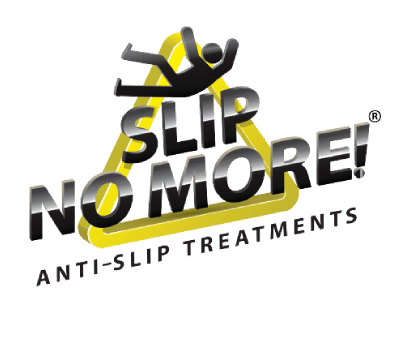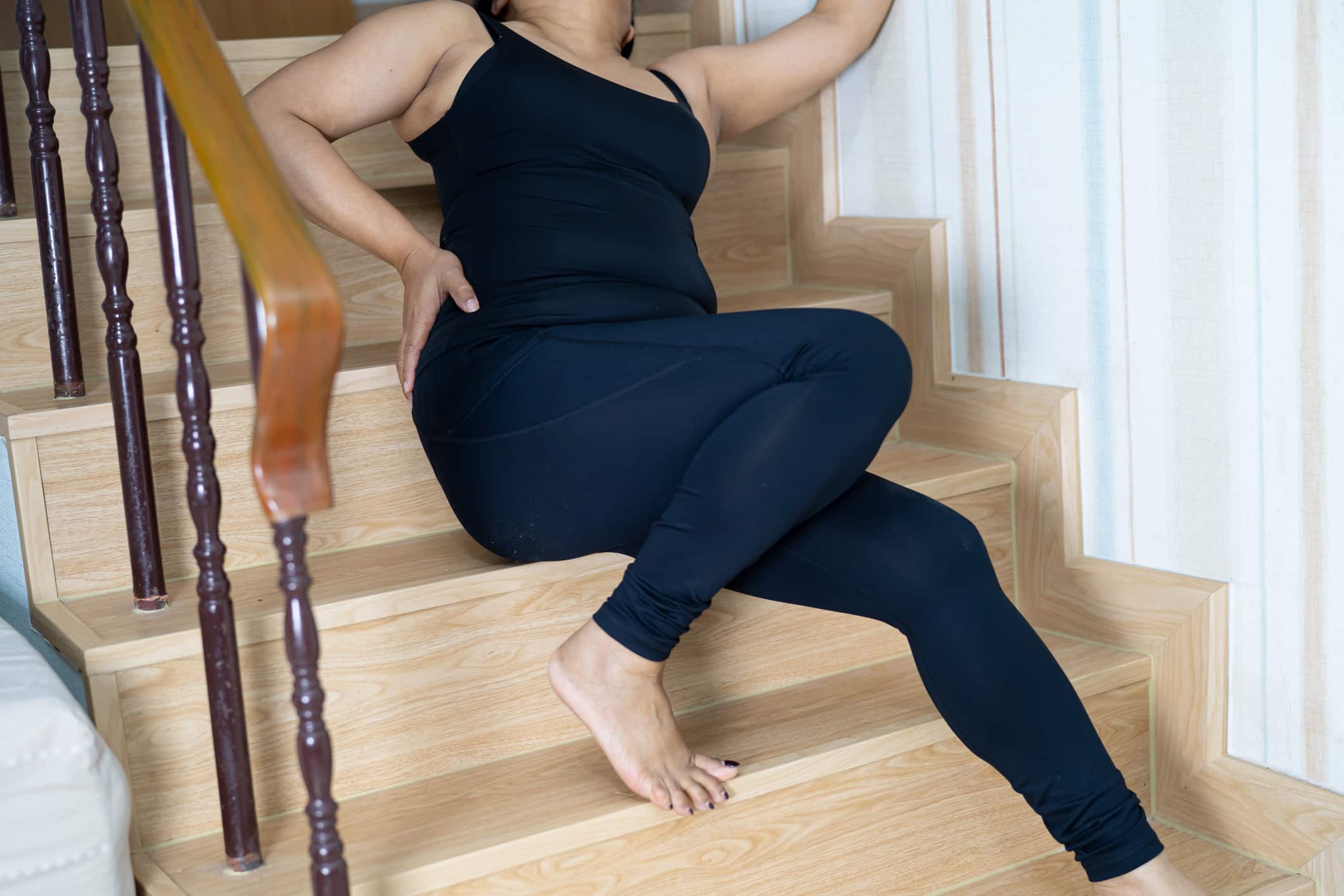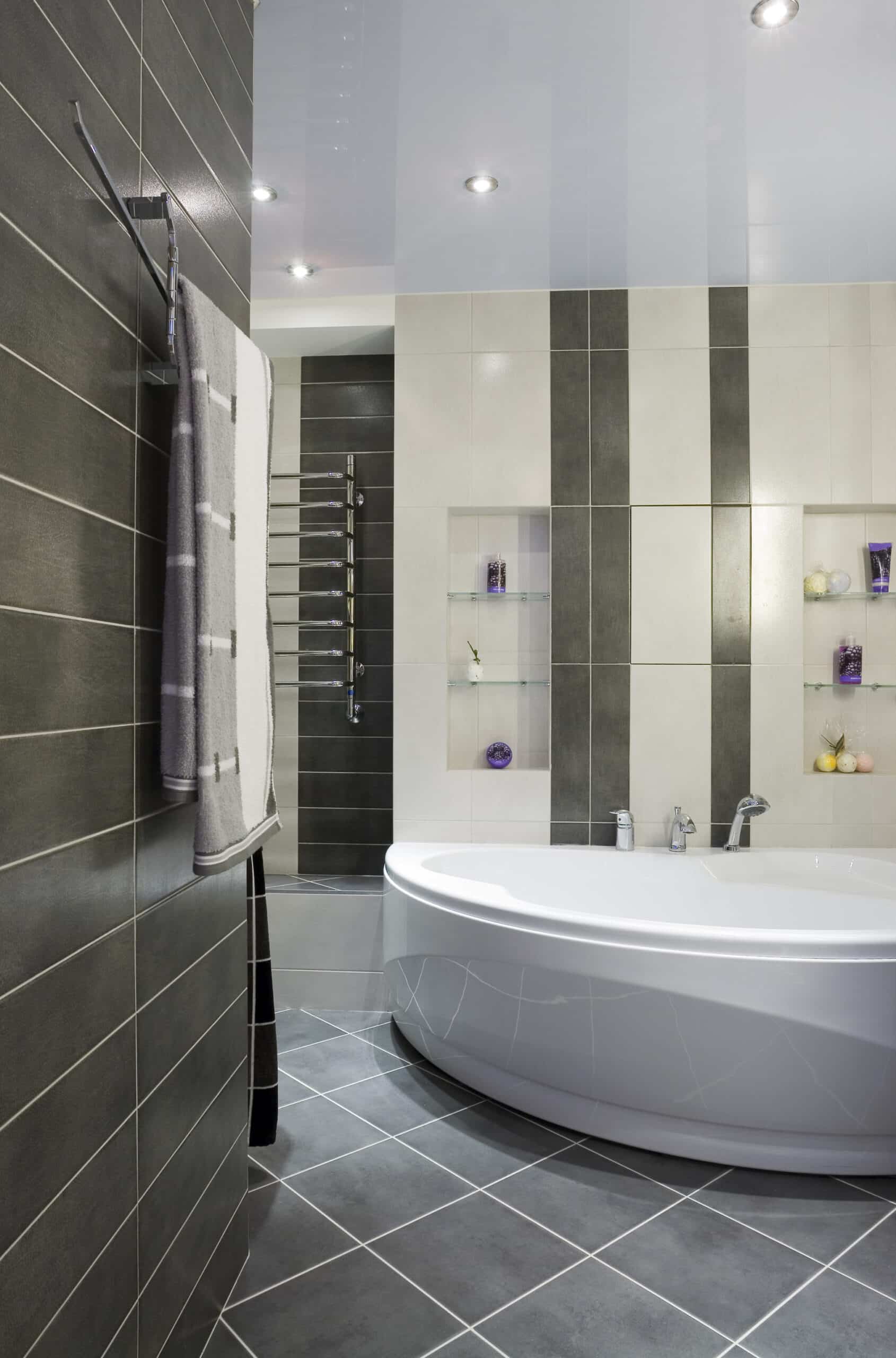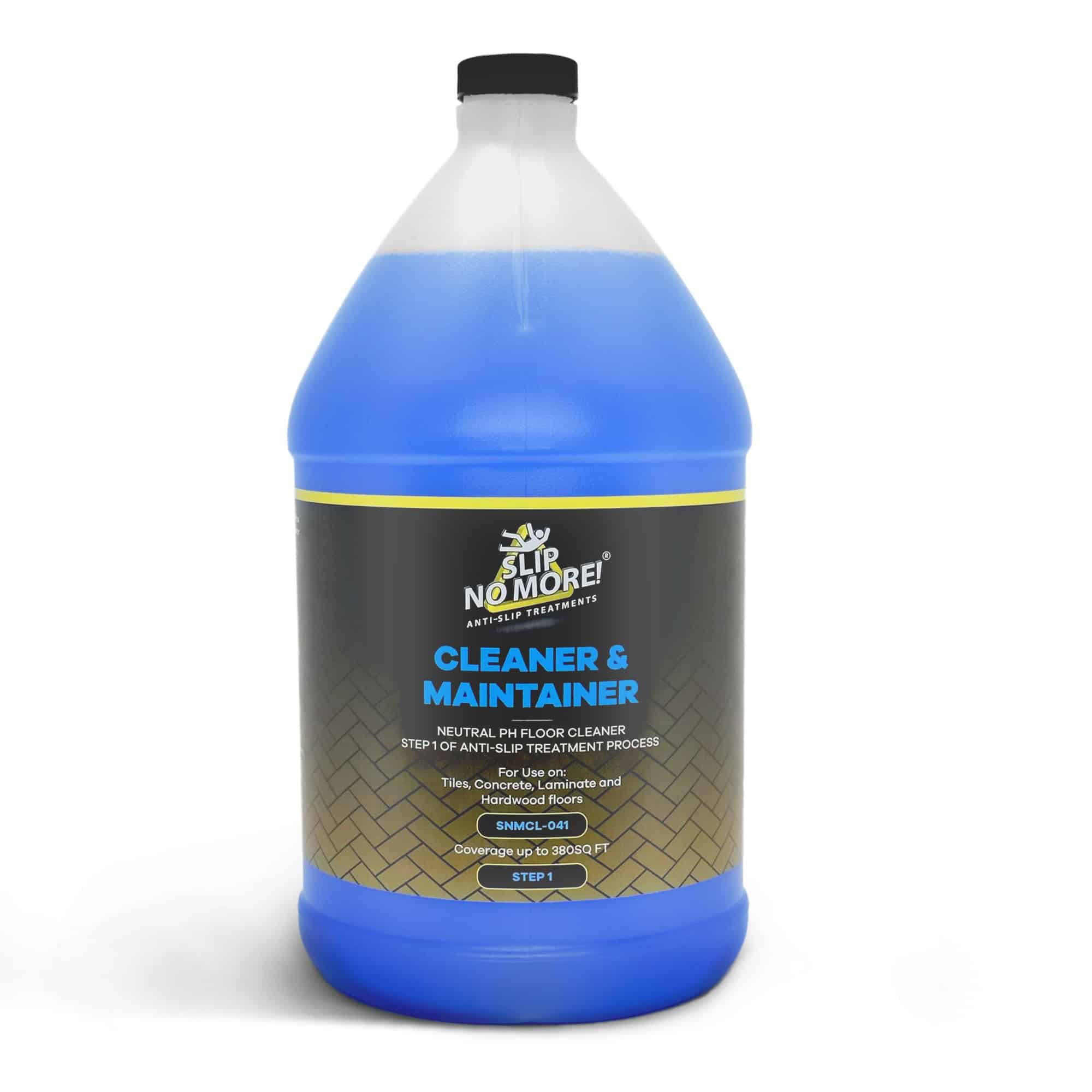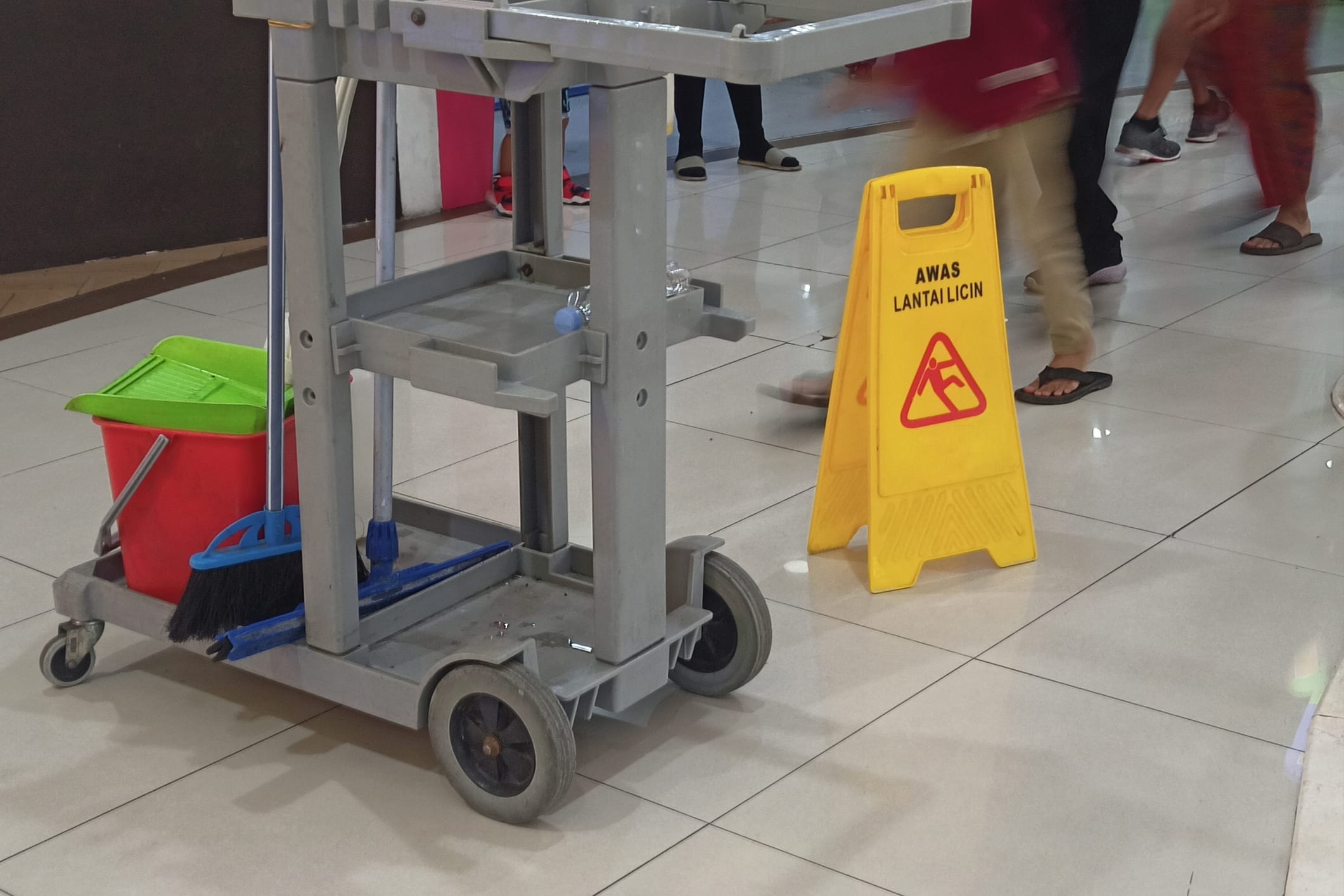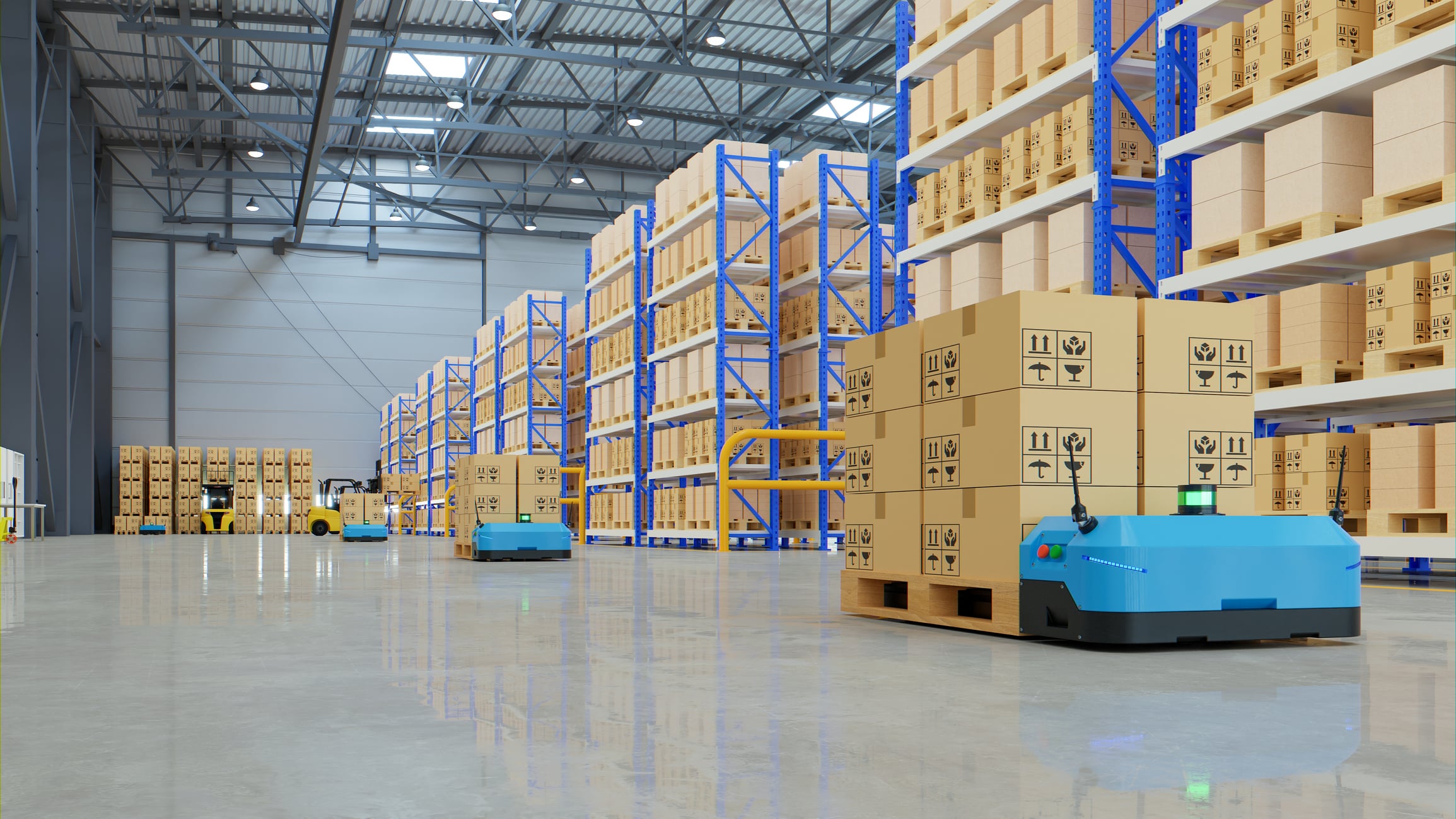Slip and fall personal injuries can happen to anyone, anywhere, anytime. From icy sidewalks to poorly maintained flooring, these accidents can cause serious harm and lead to long-lasting consequences. This article delves deep into the causes behind slip and fall personal injuries, shedding light on the potential hazards in our everyday surroundings.
This comprehensive exploration will uncover the various factors contributing to slip and fall personal injuries, such as wet floors, uneven surfaces, inadequate lighting, and walkway obstructions. By understanding the root causes of these incidents, we can take proactive measures to prevent them from occurring.
With insights from industry experts and real-life case studies, we will analyze the impact of negligence, lack of maintenance, and other underlying issues often contributing to slip and fall personal injuries. By doing so, we aim to raise awareness and empower individuals to protect themselves and their loved ones from unnecessary harm.
Join us as we uncover the reasons behind slip and fall personal injuries, equipping ourselves with the knowledge to navigate the world safely and avoid potential hazards.
Common causes of slip and fall personal injury accidents
Slip and fall accidents can occur due to a variety of reasons. One common cause is wet floors, resulting from spills, leaks, or cleaning activities. When surfaces become slippery, they pose a significant hazard, mainly when no warning signs or barriers exist.
Uneven surfaces are another leading cause of slip and fall personal injury accidents. Cracked pavements, bumpy walkways, or uneven stairs can easily catch someone off guard, causing them to lose balance and fall. Inadequate lighting can also contribute to these accidents, as the lack of visibility increases the chances of misjudging steps or obstacles.
Obstructions in walkways are yet another danger. Cluttered aisles, loose cables, or unattended debris can create tripping hazards. Additionally, the absence of handrails or guardrails in certain areas can increase the risk of falls.
Recognizing these common causes of slip and fall personal injury accidents is crucial to addressing them effectively. Eliminating or minimizing these hazards can create safer environments for everyone.
Understanding the legal implications of slip and fall injuries
When a slip and fall personal injury accident occurs, there may be legal implications to consider. Property owners or occupiers are responsible for individuals who enter their premises. If they fail to maintain a reasonably safe environment, they can be held liable for any injuries that result from their negligence.
Several factors must be evaluated to establish liability in slip and fall personal injury cases. These include the extent of the property owner’s control over the area where the accident occurred, the foreseeability of the hazard, and whether reasonable steps were taken to prevent the accident. It is essential to consult with legal professionals specializing in personal injury cases to navigate the legal process effectively.
Understanding the legal implications of slip and fall personal injuries helps victims protect their rights and seek compensation for their losses. By holding negligent parties accountable, individuals can obtain the necessary financial support and contribute to creating safer environments for others.
The role of negligence in slip and fall cases
Negligence plays a significant role in slip and fall cases. Property owners or occupants have a legal obligation to maintain their premises safely. When they fail to do so, they can be considered negligent. They may be held responsible for slip and fall personal injuries if their negligence directly leads to an accident.
Negligence can manifest in various forms. It could be failing to fix a known hazard within a reasonable timeframe, neglecting routine inspections and maintenance, or not providing adequate warning signs in hazardous areas. Proving negligence requires demonstrating that the property owner knew or should have known about the dangerous condition and failed to take appropriate action.
Gathering evidence demonstrating the property owner’s negligence is crucial to establishing a successful slip-and-fall claim. This may include photographs of the hazardous condition, witness statements, and relevant maintenance records. Working with experienced legal professionals can help victims build a strong case and increase their chances of obtaining a favorable outcome.
Factors that contribute to slip and fall accidents
Slip and fall accidents can occur due to a combination of factors. While some causes have already been discussed, exploring additional elements contributing to these incidents is essential.
One such factor is footwear. Wearing inappropriate footwear, such as high heels or shoes with worn-out soles, can significantly increase the risk of slipping or tripping. Poorly designed footwear without proper traction can also make maintaining balance on slippery surfaces challenging.
Environmental factors like weather conditions also contribute to slips and falls and personal injuries. Rain, ice, or snow can make surfaces extremely slippery, and individuals must exercise extra caution when navigating such conditions. Failure to do so can result in severe injuries.
Distractions and inattentiveness are additional factors that can contribute to slip and fall accidents. Using electronic devices while walking or engaging in conversation can divert attention and impair judgment, making individuals more susceptible to accidents.
Individuals can proactively mitigate the risks of slip and fall personal injuries by identifying these contributing factors.
Identifying hazardous conditions that lead to slip and fall injuries
To prevent slip and fall personal injuries, it is crucial to identify dangerous conditions that could lead to injuries. By conducting regular inspections and risk assessments, individuals and property owners can ensure that potential dangers are promptly addressed.
Some common hazardous conditions to watch out for include:
1. Wet or slippery floors: Look for leaks or recently cleaned areas without proper signage.
2. Uneven surfaces: Check for cracked pavements, damaged stairs, or uneven flooring.
3. Inadequate lighting: Assess areas with poor visibility or insufficient lighting, especially during nighttime.
4. Cluttered walkways: Identify areas with obstructions, loose cables, or debris that can pose tripping hazards.
5. Absence of handrails or guardrails: Note areas where support structures are absent, increasing the risk of falls.
By being vigilant and proactive in identifying and addressing these hazardous conditions, individuals can create safer environments for themselves and others.
Preventing slip and fall accidents in different settings (home, workplace, public spaces)
slip and fall personal injuries can occur in various settings, including homes, workplaces, and public spaces. It is essential to take preventive measures tailored to each specific environment to minimize the risk of accidents.
Steps to take after a slip and fall accident
In the unfortunate event of a slip and fall personal injury, taking specific steps to protect oneself and preserve evidence for potential legal proceedings is crucial. The following steps should be taken immediately after an accident:
1. Seek medical attention: Even if slip and fall personal injuries appear minor, it is vital to get a professional evaluation to ensure there are no underlying issues.
2. Report the incident: Inform the property owner or manager about the accident. Document it thoroughly.
3. Document the scene: If possible, take photographs of the hazardous condition and gather contact information from any witnesses.
4. Preserve evidence: Keep any torn clothing, damaged footwear, or other physical evidence that may be relevant to the case.
5. Consult with a personal injury attorney: Seek legal advice from professionals specializing in slip and fall personal injury cases to understand your rights and options.
Taking these steps after a slip and fall personal injury can help victims protect their interests and potentially pursue compensation for their injuries.
Seeking compensation for slip and fall personal injuries
Victims of slip and fall personal injuries may be entitled to compensation for their injuries and losses. Individuals can seek financial support for medical expenses, lost wages, pain and suffering, and other damages by holding negligent parties accountable.
To pursue compensation, it is essential to gather strong evidence that supports the claim. This may include medical records, photographs of injuries, witness statements, and other relevant documentation. Working with experienced personal injury attorneys can help victims navigate the legal process and negotiate fair settlements or represent their interests in court, if necessary.
Seeking compensation for slip-and-fall personal injuries provides victims with the financial support they need and deters negligent behavior. By holding responsible parties accountable, individuals create safer environments for everyone.
Conclusion: Importance of awareness and prevention of fall accidents
Slip-and-fall personal injuries can have severe consequences, causing injuries and disrupting lives. However, individuals can significantly reduce the risk of accidents by understanding the causes behind these incidents and taking proactive measures to prevent them.
Awareness is key. By recognizing common causes, identifying hazardous conditions, and understanding legal implications, individuals can make informed decisions to protect themselves and their loved ones. Prevention is equally vital. We can create a society prioritizing safety by implementing preventive measures in various settings and advocating for safer environments.
Let us raise awareness, promote preventive actions, and advocate for change. Together, we can uncover the causes of slip and fall personal injuries and work towards a future where such accidents become a thing of the past.
Types of slip prevention products
Four main categories of slip and fall personal injury prevention products increase the safety of your floors. When selecting slip-prevention products, always ask a specialist who can guide you. Many different products can be used on all types of slippery floors.
Anti-Slip Treatments: The best defense against slippery tiles. These products are a sure way to avoid slip and fall personal injuries. Used indoors and outdoors, they last for years. Always remember that they are only effective on unsealed tiles.
Non-Slip Coatings: Perfect for high-traffic and low-traffic areas. Always choose the right product for your use.
Anti-Slip Tape: A versatile product that is used on stairs and ramps. Anti-slip tape is excellent indoors and outdoors and works on many different surfaces.
Cleaning and Maintenance Products: These products should be of the highest quality. Be sure to check the cleaning recommendations of the floor safety products that you have installed.
About Slip No More
With more than 15 years of experience in the slip-prevention industry, our products prevent slip and fall personal injuries. Specializing in floor safety, the company has become synonymous with reliable solutions for avoiding slips and falls.
Slip No More offers various anti-slip products designed for different surfaces.
As part of our global expansion strategy, we actively engage with our audience on various social media platforms. Slip No More maintains a strong presence on platforms like Facebook, Instagram, Twitter, Linked In, and YouTube. We love connecting with customers and sharing valuable insights on safety measures. This strategic use of social media fosters brand awareness and allows us to interact directly with our diverse customer base.
If you found this article helpful, take a look at our related articles:
